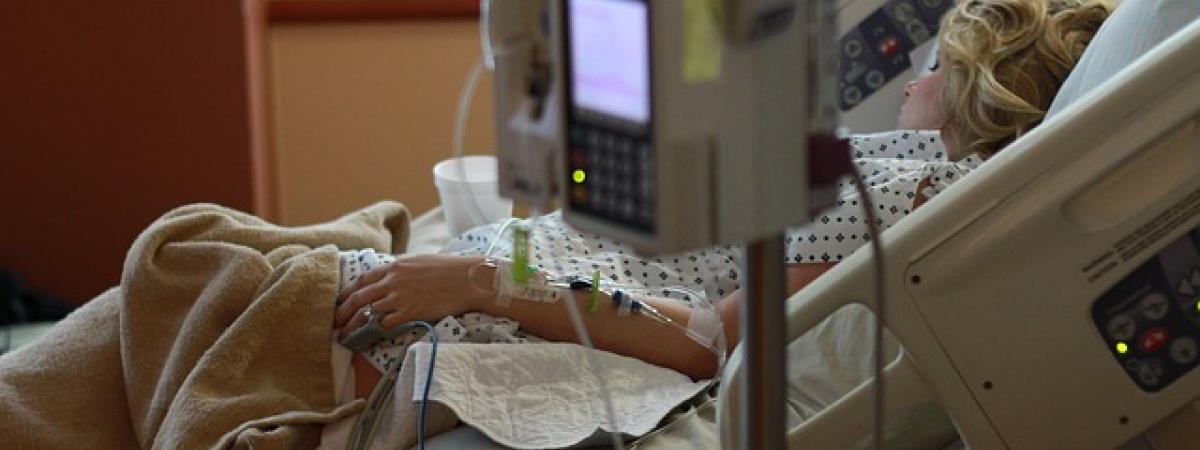What is sepsis?
published in Reader's Digest,
02 November 2018

Five people are killed by sepsis every hour in the UK. Sepsis survivor Tom Ray likens it to a forest fire, “killing quickly, switching off the lights of life in hours, tearing limb from limb, leaving a shaking and humiliated half of you alive to grin and bear it like a wounded animal”. Delayed diagnosis can be devastating.
What is sepsis?
Infection (perhaps in the chest, abdomen or bladder) activates your immune system, helping you to heal as the white blood cells identify potential threats and remove them as quickly as possible.
In sepsis though the immune response is both too vigorous and too prolonged. Dr Anthony Komaroff of Harvard Medical School says it’s as though the immune system can’t quiet itself down when it needs to. “It’s as if the immune system has developed a problem with anger management, and the angry response becomes dysfunctional” he says.
The immune system attacks the body’s own organs and tissues, leading to tissue damage, organ failure and even death.
The Starfish Story
Starfish is the name of the film and the book that tell the truly inspirational story of Tom and Nic Ray as sepsis stole his four limbs and part of his face. The opening page describes how a starfish can regenerate amputated limbs. The story tells of Tom’s fight to get his ‘robot arms’, prosthetic legs and life-changing reconstructive facial surgery. It also tells of his sorrow and confusion when waking from a coma and being unable to recognise his wife.
In his words, he celebrates the tiny steps forward in his physical and mental ‘regeneration’ as if he has “just won a Cup Final and a Nobel Prize”.
Spotting sepsis
Speed matters when it comes to spotting sepsis. Trouble is, there is no one sign and symptoms differ between adults and children. The UK Sepsis Trust advise seeking medical help urgently if you spot any of these signs in an adult:
Slurred speech or confusion
Extreme shivering or muscle pain
Passing no urine (in a day)
Severe breathlessness
It feels like you’re going to die
Skin mottled or discoloured.
Hospital staff monitor for “Sepsis Red Flags” including very low blood pressure, a raised pulse and rapid breathing.
Stopping sepsis
We’ve become better at beating sepsis. Hospital death rates from sepsis have dropped from 28% to 18% probably because of earlier diagnosis and treatment. However, older people remain far more likely to develop sepsis, and more likely to succumb to it.
Antibiotics and fluids are essential, but every second counts. Studies have shown that chances of survival drop with every hour of delay in antibiotic administration.
A word of warning though. Will sepsis survival become more difficult as we enter an era of antibiotic resistance?
Supporting survivors
In many cases, sepsis survivors recover fully and do not experience long term problems. For others though, ‘post-sepsis syndrome’ is a reality. “Even if they don’t lose limbs, people can be ill for a very long time, because their organs have been absolutely battered. They are changed even if physically they look okay,” says Pippa Bagnall of the UK Sepsis Trust.
Fatigue, flashbacks, mood swings, memory problems and pain remain with some survivors. Remembering that you are not alone and raising awareness of sepsis survival is important. Risk of recurrent sepsis is high; spotting symptoms saves lives.
